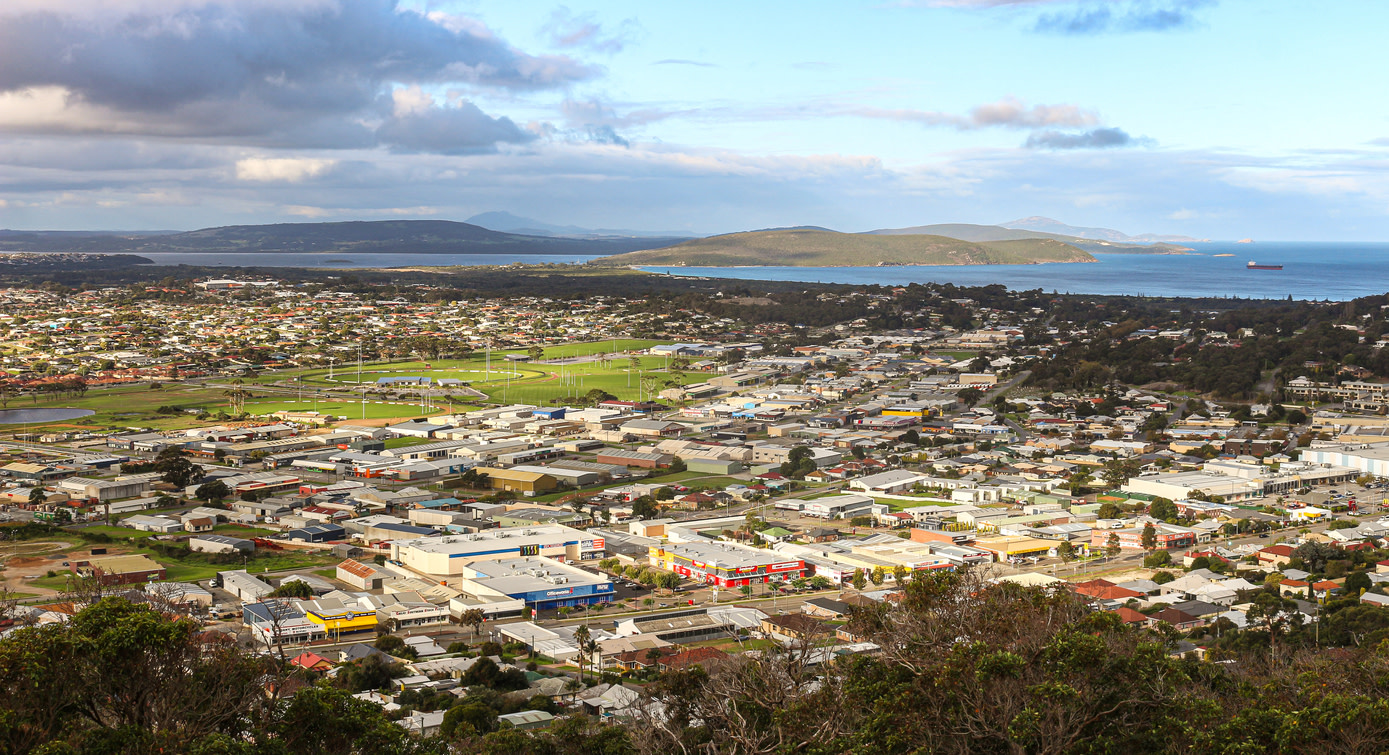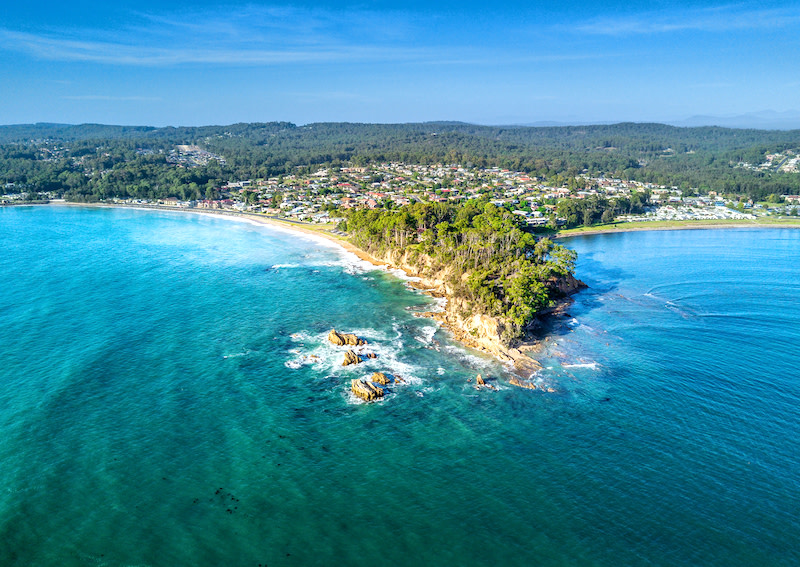Slowdown in Capital City Values Propels Regional Upsurge

Property values in Australia’s combined regions are outperforming the combined capital cities as the slowdown hits cities.
According to CoreLogic’s Regional Market Update, home values in regional Australia recorded a quarterly increase of 1.2 per cent in the three months to January 2024 compared with the capital cities’ 1 per cent increase over the same period.
The update analyses value and rent changes across the country’s 50 largest non-capital significant urban areas (SUAs).
Although the rate of growth across the combined regions has eased, CoreLogic research director Tim Lawless said it followed the sector’s “boom” during the worst of the pandemic on the back of high net internal migration flows and strong affordability.
“Outside the pandemic growth between 2020 and 2022, the outperformance of regional markets relative to the capital cities is a fairly new phenomenon,” he said.
“The more recent trend where growth in regional housing values has outpaced the capital cities is attributable to a slowdown in capital city growth rates rather than an acceleration in regional growth.”
Capital growth remains varied across Australia, however many of the standout performers are in WA and Queensland.

WA’s coastal towns of Albany and Bunbury recorded the highest quarterly rises, with value growth of 7.7 per cent and 6.2 per cent, respectively, ahead of Northern NSW’s Lismore (5.5 per cent and main image), and Townville (4.7 per cent) in Queensland’s north.
Just six SUAs recorded an annual increase of 10 per cent or more, including WA’s Bunbury (15.8 per cent), and Central Queensland’s Bundaberg (12 per cent) and Rockhampton (12 per cent).
“The strongest growth conditions have been skewed towards regional areas of WA and Queensland. These areas have a diverse economic base and are generally supported by a mixture of agriculture, tourism, ports and mining,” Lawless said.
“They’re the only states with a positive rate of interstate migration that helps support housing demand and they’re relatively affordable markets.”
Tasmania’s Launceston (-2.3 per cent) and Devonport (-2 per cent) recorded the largest quarterly falls.
Annual declines were recorded in 11 regional markets across Victoria, Tasmania and NSW where the coastal market of Batemans Bay (5.8 per cent) had the largest annual decline.
“The weakness across Tasmanian housing markets is broad-based but follows a solid run of growth with values up 91 per cent over the past decade,” Lawless said.

“A combination of affordability constraints following the pandemic surge in values, negative interstate migration and a normalisation in internal migration rates are other factors that are likely contributors to the softer conditions across regional Victoria and regional Tasmania.”
Regional rental market rise
As the regions entered peak rental season, CoreLogic’s regional rental index recorded a 2.3 per cent increase over the three months to January, up from a recent low of 0.4 per cent over the September quarter of 2023. Comparatively, capital city rents rose 2.1 per cent over the three months to January.
Rents increased 3 per cent or more in 13 of the SUAs analysed.
Albany (WA) recorded the highest quarterly increase in rents up 6.3 per cent, followed by Bunbury and Busselton (also WA) at 4.6 per cent a piece. This translates to an approximate increase in the median weekly rental value of $25 to $30.
WA dominated the list for highest annual rental growth, with the top four regions being Bunbury (14.8 per cent), Busselton (12.7 per cent), Geraldton (12.1 per cent) and Albany (11.2 per cent). Queensland’s Gladstone (11.6 per cent) and Mackay (10.4 per cent) were the other two regional markets with double-digit rental growth in the past year.
NSW’s Bateman’s Bay was Australia’s weakest rental market, recording the highest quarterly fall in rents (down 1.8 per cent) and a 10.2 per cent drop in the 12 months to January.
Yields strongest in volatile mining regions
Mining centres dominated the top five regions with the strongest yields with WA’s Kalgoorlie–Boulder recording a gross rental yield of 9.5 per cent ahead of Mackay (Qld), Geraldton (WA), and Gladstone (Qld), which had gross rental yields of 6.6 per cent, 6.5 per cent and 6.4 per cent, respectively.
The Bowral-Mittagong region in NSW, which has a median home value of $1,124,869, has the lowest gross rental yield at 2.9 per cent.














